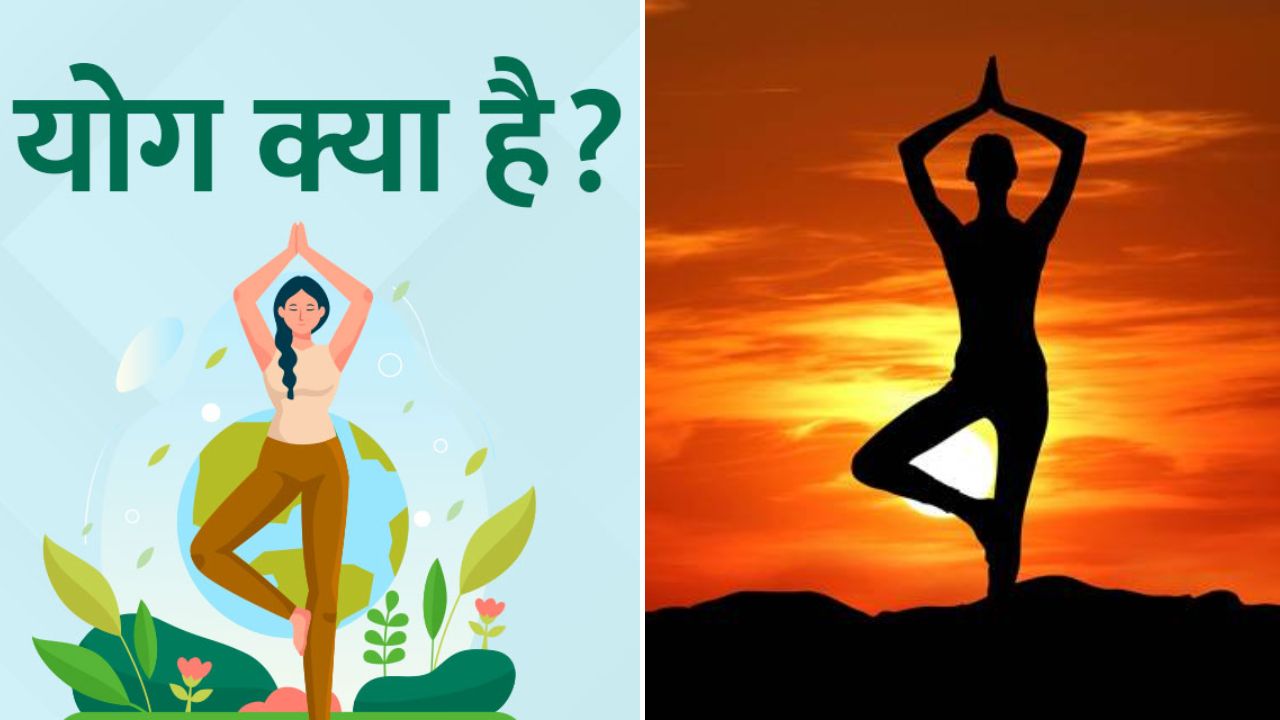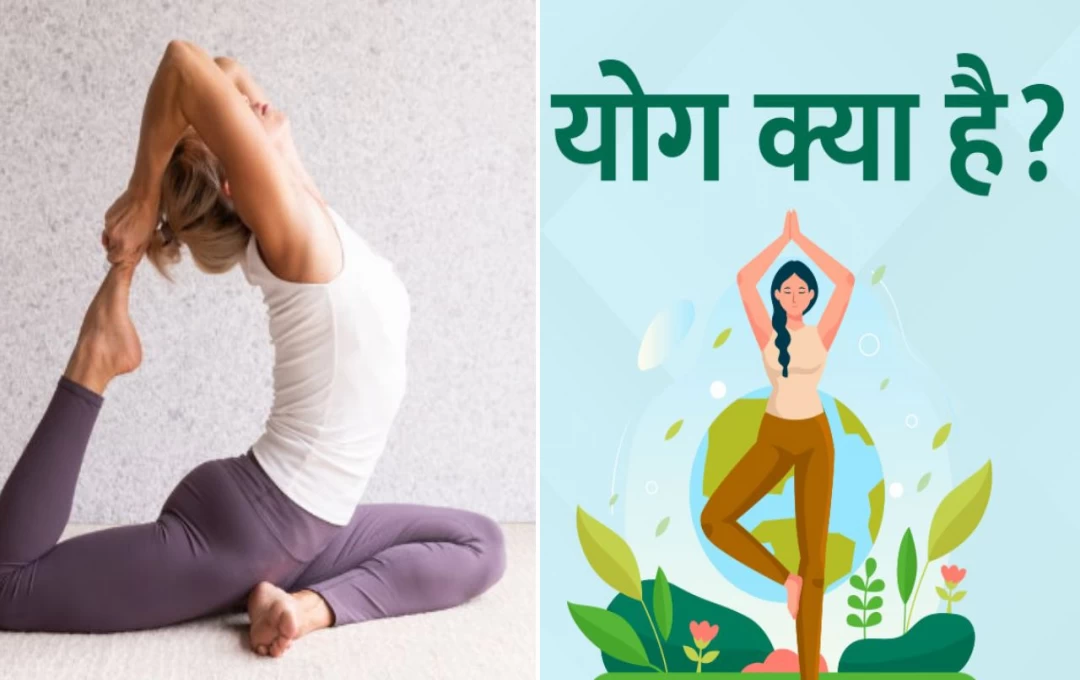According to Patanjali, the originator of Yoga Sutras, "Yogash chitta vritti nirodhah," meaning the regular practice of yoga allows a person to control their mind. Our minds are often filled with emotions like pain, anger, depression, and resentment, which can be challenging to manage. Through yoga, we can prevent our thoughts from overwhelming us.
Lord Rama's guru, Guru Vashishtha, believed that yoga is a means to calm and uplift the mind. Yoga ensures that the mind remains calm and stable. He emphasized that the body follows the mind; if the mind is content, the body remains under control.
What is Yoga?
Yoga, derived from the Sanskrit word "yuj," means union with the divine, signifying yoga's immense power to achieve immortality. Some may consider yoga a simple exercise, but it goes far beyond that. Yoga is primarily a spiritual discipline encompassing the essence of lifestyle.
Yoga is both an art and a science. It is a science because it provides practical methods for controlling the body and mind, facilitating profound meditation. And it is an art that yields profound results only through consistent and sensitive practice. Yoga is not merely a system of beliefs; it focuses on the interplay between body and mind, fostering mutual harmony.
Importance of Yoga in Personal Development
A person's personality encompasses their attitudes, opinions, inclinations, and other unique behavioral traits inherent within them. Yoga education plays a crucial role in all these aspects. Whether students or working professionals, we often keep ourselves busy throughout the day, neglecting our physical health. By practicing simple exercises, we can remain mentally healthy, enhance our strength, and maintain balance in life. When we engage in regular physical activity throughout the day, we experience mental peace, even if it requires transforming our homes into fitness centers. Nowadays, our lives are entangled in technology and the busyness of work. In such scenarios, taking breaks to refresh our bodies and minds becomes crucial. This is why the world is becoming increasingly aware of wellness. Significant attention is being paid to mental health through practices like yoga, meditation, therapy, and counseling. Since ancient times, India has promoted the practice of yoga to establish harmony between the mind, body, and environment.
Types of Yoga

Modern Yoga has evolved to incorporate exercises focusing on strength, flexibility, and breath awareness. It aids in enhancing physical and mental health. There are various styles of yoga, and no one style is inherently superior to others.
Ashtanga Yoga: This type of yoga utilizes ancient teachings, although it gained popularity during the 1970s. Ashtanga yoga primarily involves coordinating six postures, synchronized with rapid breathing.
Bikram Yoga: Also known as "hot" yoga, this style involves practicing yoga in an artificially heated room at approximately 105 degrees Fahrenheit and 40% humidity. It involves a sequence of 26 postures with specific breathing exercises.
Hatha Yoga: This term is a generic term for any yoga style that teaches physical postures. Hatha yoga classes typically serve as a gentle introduction to fundamental yoga postures.
Iyengar Yoga: This form of yoga emphasizes proper alignment in all postures using various props such as blankets, cushions, chairs, and long straps.
Jivamukti Yoga: Incorporating spiritual teachings and practices, this style emerged in 1984. It focuses on speeding up the sequence of postures rather than concentrating on individual postures.
Kripalu Yoga: This style teaches practitioners to explore, accept, and learn about their bodies. Students learn to practice at their own pace by gradually observing others.
Kundalini Yoga: Kundalini yoga is a meditation system aimed at releasing energy stored in the mind. Classes typically begin with chanting and conclude with singing.
Vinyasa: Vinyasa adapts yoga to suit each individual's physical capabilities without exceeding their limits. Vinyasa teachers undergo extensive training and specialize in anatomy and yoga therapy.
Yin Yoga: This practice aims to alleviate tension in major joints, including ankles, knees, hips, spine, shoulders, and wrists. It is also known as Taoist yoga.
Prenatal Yoga: This type of yoga is practiced during pregnancy and uses postures specifically designed by medical professionals to assist pregnant women and promote healthy pregnancy outcomes.
Restorative Yoga: This yoga practice involves only a few simple postures, often using props like blankets and bolsters for support. It doesn't require much exertion beyond holding a posture, allowing practitioners to relax.
The Internal Aspect of Yoga
Under the Ashtanga yoga system, the first five limbs (yama, niyama, asana, pranayama, and pratyahara) are termed "external," while the remaining three limbs (dharana, dhyana, and samadhi) are termed "internal."













